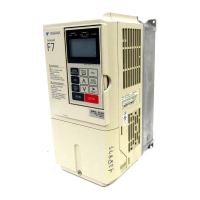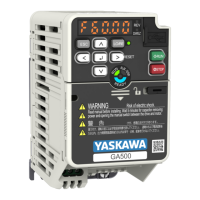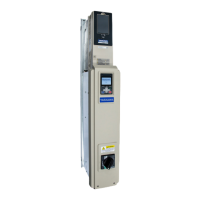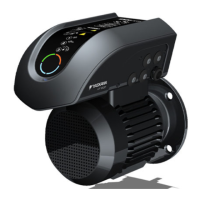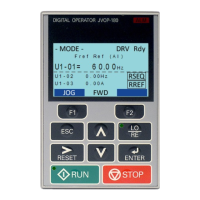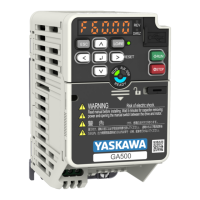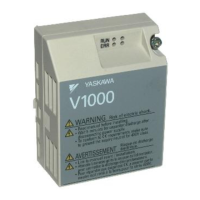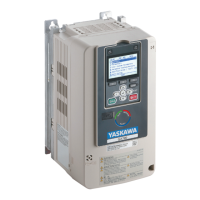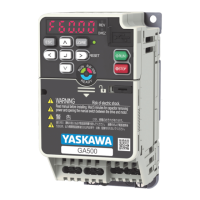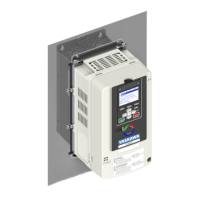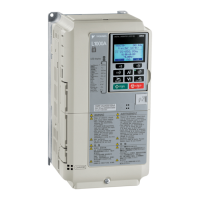How to fix Not enough data error in YASKAWA DC Drives?
- Mmichael56Sep 6, 2025
If your YASKAWA DC Drive displays 'Not enough data', it means the data size is incorrect. Correct the data size to resolve the issue.
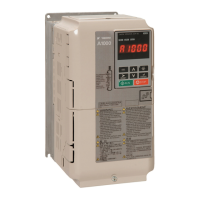
How to fix Not enough data error in YASKAWA DC Drives?
If your YASKAWA DC Drive displays 'Not enough data', it means the data size is incorrect. Correct the data size to resolve the issue.
| Series | 1000 Series |
|---|---|
| Category | DC Drives |
| Cooling Method | Forced air cooling |
| Protection Features | Overcurrent, Overvoltage, Undervoltage, Overtemperature, Short Circuit |
| Communication Interface | Modbus RTU |
| Storage Temperature | -20°C to +60°C |
| Humidity | 5% to 95% (non-condensing) |
| Enclosure Rating | IP20 |
| Input Voltage | 200-240V AC, 380-480V AC |
Describes related manuals for installation and operation of the DeviceNet option.
Defines key terms and acronyms used throughout the manual.
Details general safety guidelines, warning conventions, and essential precautions.
Explains the purpose, functionality, and benefits of the DeviceNet SI-N3 option module.
Lists the Yaskawa AC Drive 1000-Series models compatible with this option.
Outlines essential steps to perform upon receiving the DeviceNet option.
Lists the necessary tools for the proper installation of the option module.
Describes the physical layout of the DeviceNet option and details the terminal block connections.
Explains the meaning of LED displays and the power-up diagnostic sequence.
Covers crucial safety rules, precautions, and pre-installation checks.
Details the step-by-step process of mounting the option and connecting wires.
Explains how to set MAC ID, Baud Rate, and obtain EDS files for network setup.
Describes how the drive is configured for DeviceNet communication.
Details configuring Polled Consuming/Producing Assemblies (PCA/PPA).
Covers alternative methods for setting connection paths for data exchange.
Lists and describes data structures sent from the network to the drive for control.
Lists and describes data structures sent from the drive to the network for status.
Introduces standard DeviceNet objects like Identity, Message Router, and Connection Objects.
Provides access to Yaskawa drive parameters via MEMOBUS/Modbus addresses.
Offers drive monitoring and control functions through DeviceNet.
Explains common drive errors, fault displays, and their causes.
Covers minor faults, alarms, explicit message errors, and communication issues.
Details DeviceNet-specific error codes and status monitoring parameters.
Describes ADR and AAR for automatic device replacement and configuration.
Specifies maximum allowable lengths for the main DeviceNet trunk line.
Specifies maximum allowable lengths for DeviceNet drop lines.
Tracks manual updates, publication dates, and revision numbers.
